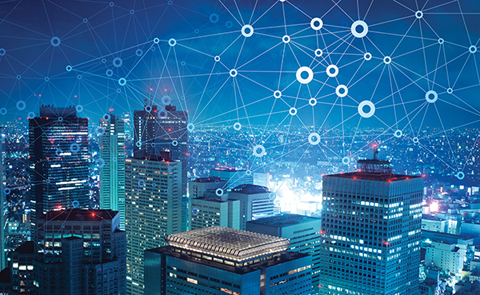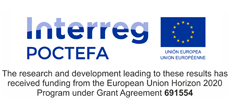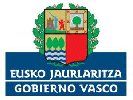IoT data continues to generate increasing changes in the path of digital transformation. Organizations are creating new data-based business models to meet the constantly changing needs of consumers and the company. However, this transformation threatens to flood the data through the technical architectures of these organizations, which causes a sharp increase in operating expenses, companies become more vulnerable to security attacks and critical points of failure in Security systems. Carrying out an analysis on IoT data will help control data flooding and boost commercial value.
The degree of digitalization of the industry in 2022 is expected to be 19% in Spain compared to 8% in 2017. Professionals in the sector focus on creating different types of analysis, using data-centric designs and reducing expenses general data associated with the flow of data through the network. As the volume of data collected from sensors, devices and other endpoints increases. The potential commercial value that you can obtain from this data continues to grow exponentially. Analyzing data is the key to obtaining important and useful information from all the stream of data that comes to us, and thus being able to apply it to business needs. However, an IoT data architecture is required that fits your purpose in order to properly gather important knowledge and use the analysis creatively to create differentiating business value and reduce the overhead of moving data within your business solutions. IoT The most effective way would be to implement analysis within IoT solutions to boost business value and efficiency.
The key to moving towards digital transformation is to get an analysis, that is, any mechanism that generates information from data. Such mechanisms range from the simple to the complex, the mechanisms could include the use of signal processing techniques or the use of advanced machine learning. Any of these mechanisms for extracting information is considered “analytical,” and this analytics can be exploited at any point in the architecture of the IoT solution. The commercial value of IoT is based on data, specifically, on extracting and exploiting the business value of the enormous volumes of information generated by the large number of sensors and devices currently implemented. Data analytics drives commercial value and operational efficiency by allowing new ways to leverage large amounts of IoT data and by reducing the overhead of moving large amounts of data across a network.




































